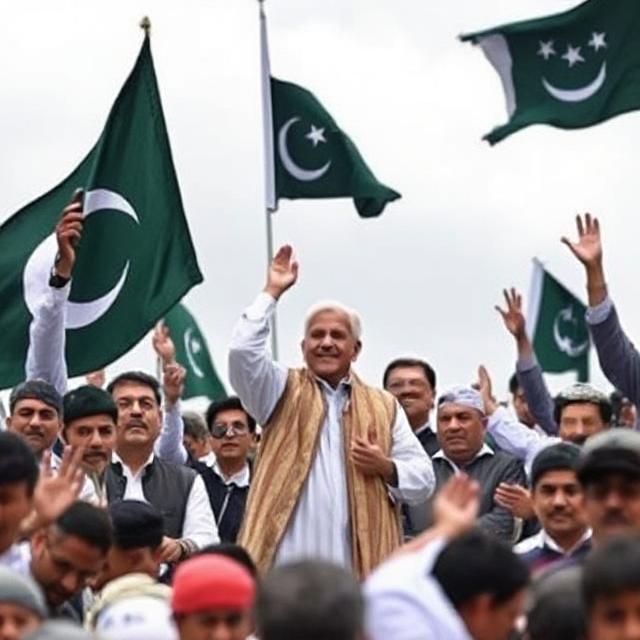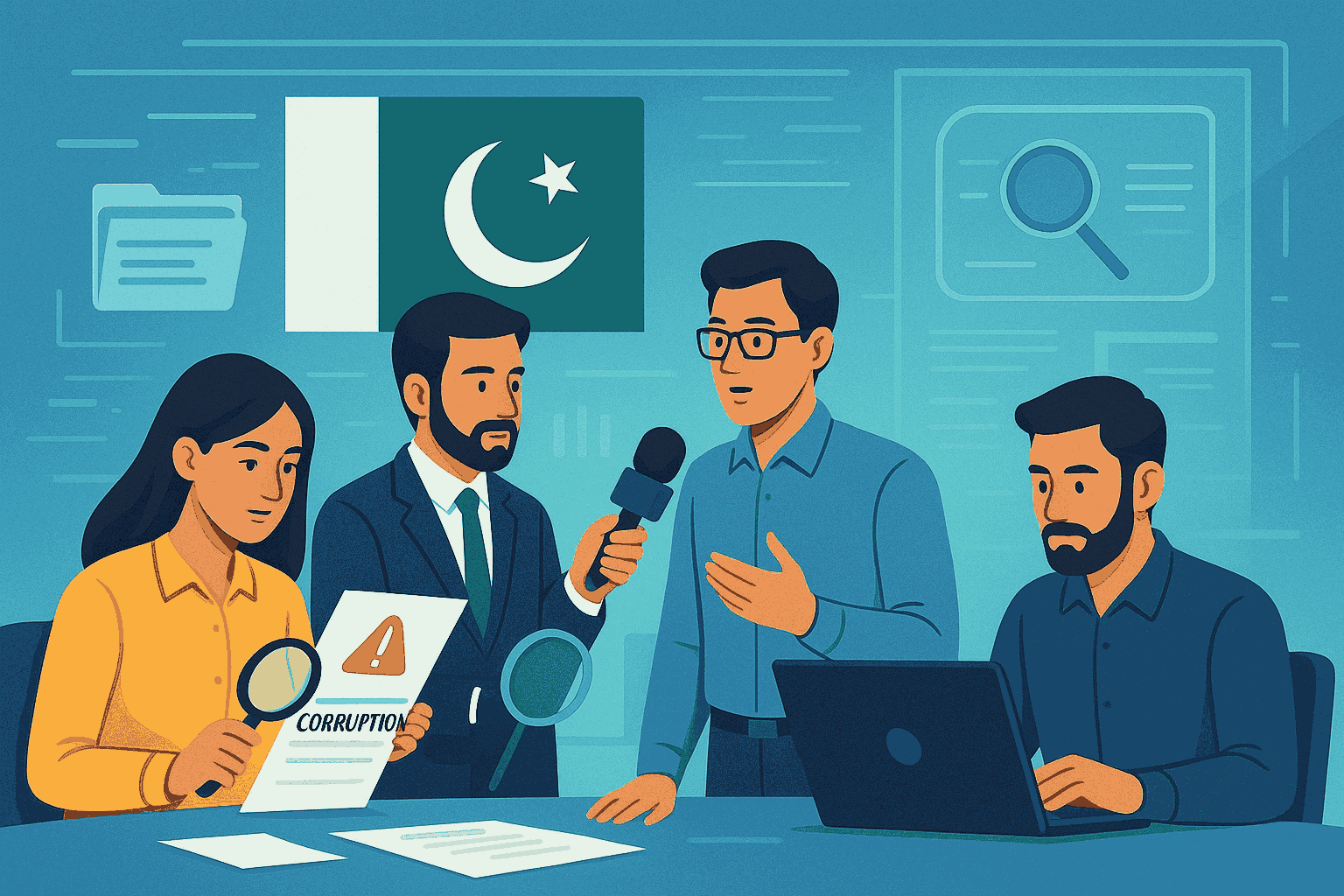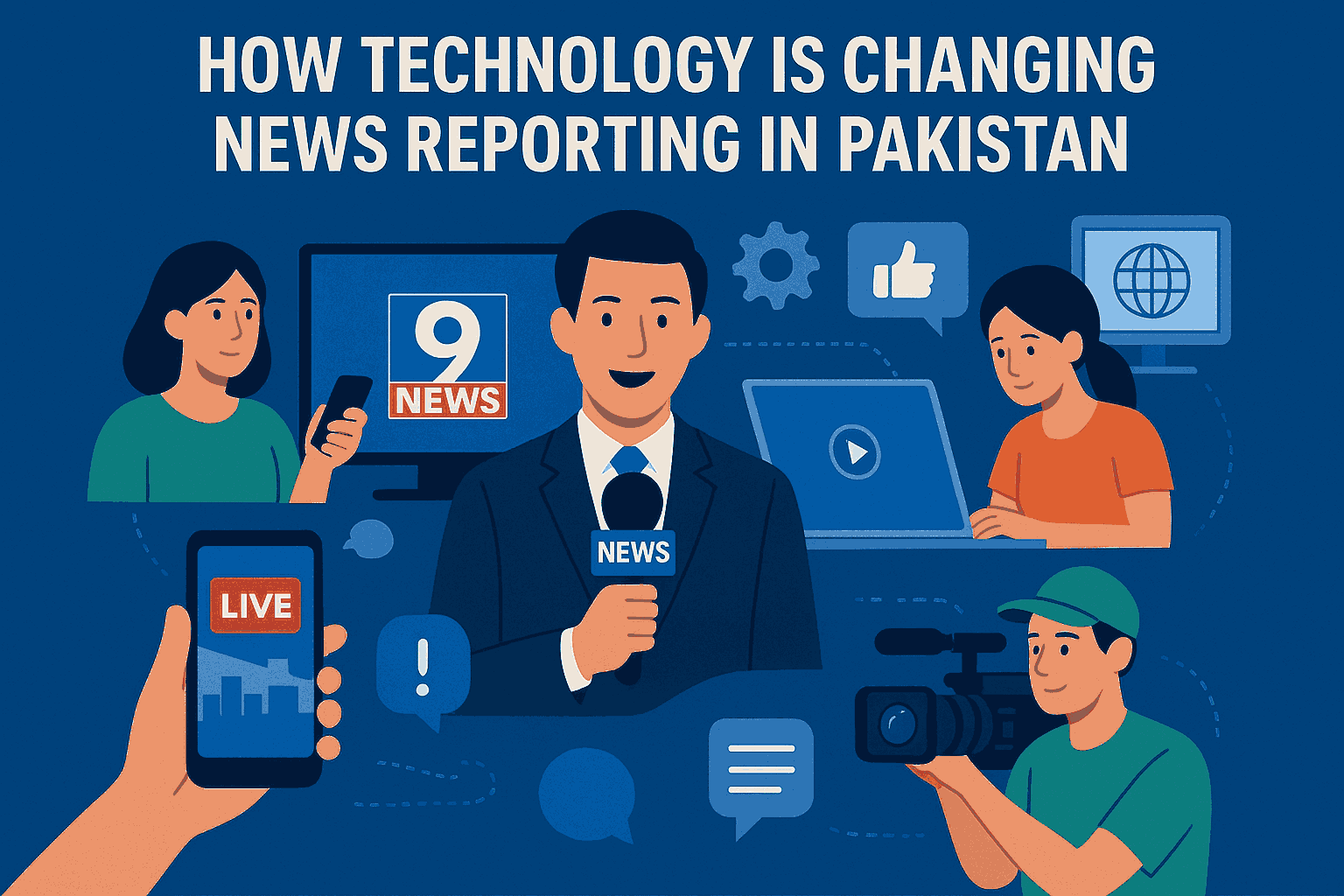Latest Developments in Pakistan’s Political Landscape
By Sana KhalilPublished On 25 Sep 2025

Introduction
Politics in Pakistan has always been dynamic, full of surprises, and often unpredictable. From shifting alliances to new policy debates, the country’s political landscape continues to evolve rapidly. For citizens, business leaders, and global observers, understanding these developments is key to grasping Pakistan’s future direction.
Current Political Climate
The political environment in Pakistan today is shaped by a mix of governance challenges, economic pressures, and shifting party loyalties. The role of parliament, judiciary, and the military continues to influence the broader framework of national decision-making.
Major Political Parties and Their Role
Pakistan Tehreek-e-Insaf (PTI)
Once the ruling party, PTI continues to dominate discussions with its focus on governance reforms, accountability, and economic revival.
Pakistan Muslim League-Nawaz (PML-N)
With its stronghold in Punjab, PML-N emphasizes infrastructure, industrial growth, and stability in governance.
Pakistan Peoples Party (PPP)
PPP remains a key player, especially in Sindh, pushing for social reforms and provincial rights.
Emerging Parties and Alliances
Smaller parties and independent candidates are forming alliances, playing critical roles in shaping legislative outcomes.
Economic Policy and Governance
The ongoing political debates largely focus on:
- Stabilizing the economy through foreign investments and loans.
- Addressing inflation and unemployment.
- Introducing reforms in tax, education, and healthcare systems.
These economic policies are crucial in defining the credibility and popularity of ruling governments.
Foreign Policy Directions
Pakistan’s foreign policy is another area closely tied to politics. Recent developments show:
- Strengthened ties with China under CPEC projects.
- Engagement with Gulf countries for trade and labor markets.
- Balancing relations with the US and neighboring India.
Judicial and Constitutional Developments
The judiciary has played a vital role in shaping Pakistan’s politics. Landmark verdicts, constitutional amendments, and ongoing debates about electoral reforms highlight the judiciary’s growing influence.
Youth and Political Participation
With a large portion of the population under 30, youth participation has become a decisive factor. Social media activism, campus politics, and street movements are reshaping the way politics operates in Pakistan.
Media’s Role in Politics
Media—especially digital platforms—has transformed political communication. Leaders now rely heavily on TV talk shows, Twitter, and live sessions to connect with the masses, influence opinion, and mobilize support.
Challenges Ahead
Pakistan’s political journey faces hurdles such as:
- Political polarization among major parties.
- Economic instability and rising cost of living.
- Need for electoral transparency and institutional reforms.
Conclusion
The political landscape of Pakistan is constantly shifting, driven by economic challenges, social demands, and global influences. For citizens, keeping track of these developments is crucial to understanding the direction the country is taking. While challenges remain, Pakistan’s democracy continues to evolve, reflecting the hopes and aspirations of its people.
FAQs
1. What are the main issues in Pakistan’s current politics?
Inflation, governance reforms, and political polarization dominate the agenda.
2. Which political parties hold the most influence today?
PTI, PML-N, and PPP remain the key players, with smaller parties forming strategic alliances.
3. How does foreign policy affect Pakistan’s politics?
Partnerships with China, Gulf states, and the US directly impact Pakistan’s economy and political stability.
4. What role does media play in shaping politics?
Media amplifies debates, spreads narratives, and increases political awareness among citizens.
5. Why is youth participation important in politics?
With a majority youth population, their votes and activism can redefine election outcomes and policies.

